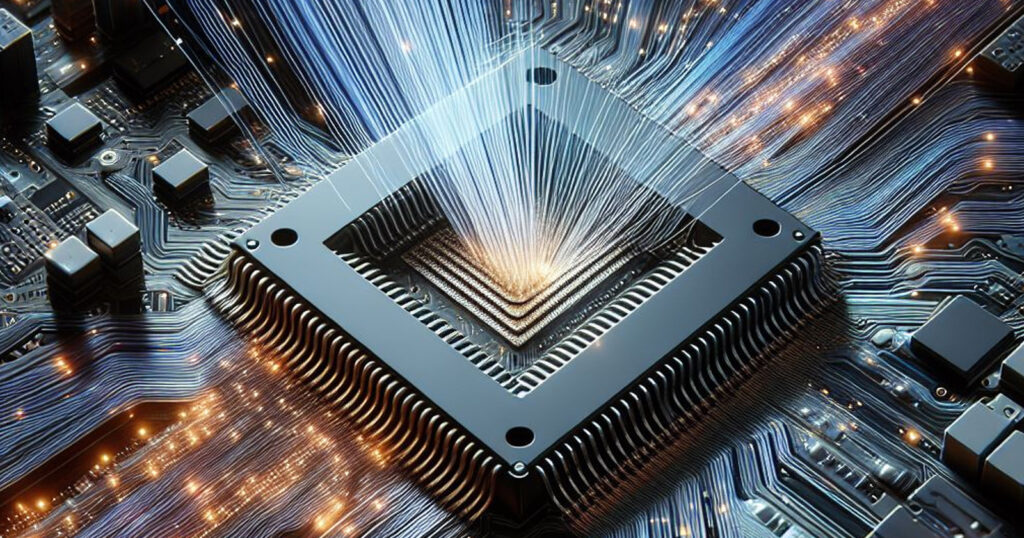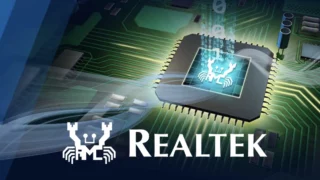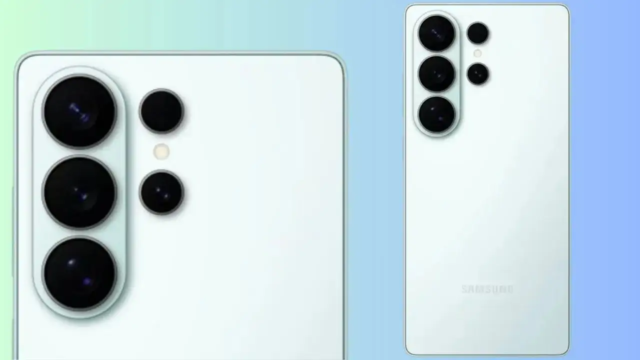Researchers from the University of Pennsylvania have developed a new computer chip that uses light instead of electricity. The chip improves the training of artificial intelligence models, increasing the speed of data transfer and consuming less electricity.
US researchers develop an unhackable chip powered by light
A team led by Professor Nader Enghata has designed a silicon-photonics (SiPh) chip that can perform mathematical calculations using light, dramatically improving data transfer speed and energy efficiency.

The chip has great potential, especially in the field of advancing artificial intelligence. With the exponential growth of AI models requiring massive computational power, traditional computing systems struggle to efficiently meet the requirements, leading to significant energy consumption. The SiPh chip offers a solution to this challenge by harnessing the speed of light for calculations.
The chip’s design is based on performing vector-matrix multiplications, a fundamental mathematical operation crucial for developing neural networks, the backbone of modern artificial intelligence models. By utilizing silicon, the hardware also has the potential to be rapidly mass-produced for widespread adoption. The researchers strategically altered the chip’s structure to control the propagation of light and perform precise calculations.
The SiPh chip also has advanced security features that address data privacy concerns. Its ability to perform multiple calculations in parallel reduces the risk of hacking by eliminating the need to store sensitive information in working memory during operations. This makes it an ‘unhackable’ chip.
In terms of practicality, the SiPh chip was produced through a commercial foundry and is ready for immediate use. Research associate professor Firooz Aflatouni predicts that the chip will be a viable alternative to graphics processing units commonly used in AI model training and classification tasks. Moreover, the chip’s compatibility with existing infrastructure makes it a seamless integration for AI companies seeking advanced computational capabilities.
You can review these research findings published in the journal Nature Photonics. What do you think? Please don’t forget to share your thoughts with us in the comments section.














